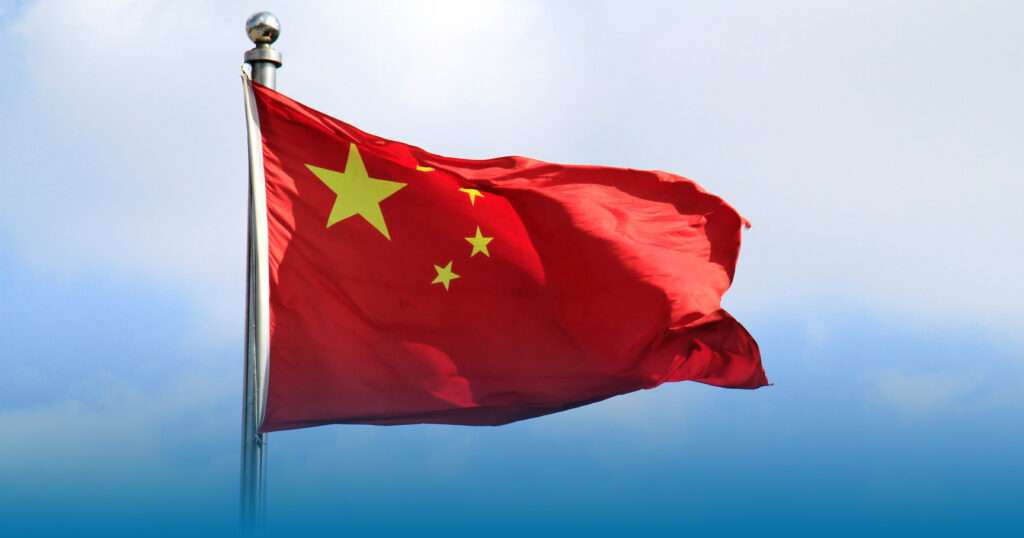Due to the increasing demand for high-quality healthcare, China has emerged as a major market for pharmaceutical products and is now one of the world’s leading manufacturers of pharmaceuticals. The market is ambitious and places emphasis on innovation and domestic research and development. By 2024, the Chinese pharmaceutical market exceeded USD 80 billion in revenue, making it the second largest in the world after the United States. The pharmaceutical manufacturing segment alone is projected to reach USD 183 billion by 2025. To get approval for any new medication to be launched into the Chinese market, one must understand the complexities of the drug approval process.
What Types of Drugs Are Approved in the Chinese Market?
- Innovative Medications: Includes biopharmaceuticals, gene and cell therapies, as well as rare disease treatments. These treatments are created using the latest findings in immunology, genetics, and biotechnology.
- Generic Drugs: Since there is a need for more affordable alternatives to branded drugs, generics play a dominant role in China’s market. Generics account for the majority of prescriptions, and China supplies about 40% of the world’s active pharmaceutical ingredients (APIs).
- Chinese Holistic Health Products: Traditional Chinese Medicines (TCM) are valued at over USD 50 billion. They are deeply rooted in Chinese healthcare and include herbal, mineral, and animal-derived formulations that are gaining global recognition.
Which Regulatory Authorities Control the Chinese Pharma Market?
- National Medical Products Administration (NMPA): The main regulatory authority in China that approves medications, medical devices, and cosmetics. It ensures the quality, safety, and effectiveness of products.
- Center for Drug Evaluation (CDE): Reviews drug clinical trial applications, marketing authorization applications, supplemental approvals, and re-registrations.
- Marketing Authorization Holder (MAH) System: This framework allows the holder of a drug approval whether domestic or foreign to be responsible for the entire lifecycle of the drug, including manufacturing, distribution, and post-market surveillance.
Achieve Faster Medical Device Approval in India with Regulatory Expertise
How Is the Chinese Drug Approval Process Carried Out?
In recent years, the drug approval process has undergone substantial changes to align with global standards and accelerate the availability of novel medications.
Preclinical Research: Conducted to assess the safety and efficacy of new drugs before testing in humans. This includes pharmacological and toxicological testing under Good Laboratory Practice (GLP).
Clinical Trial Application (CTA): Submitted to the NMPA for authorization to begin human testing.
- The CDE receives the CTA dossier and conducts a technical review within 60 working days.
- If no objections are raised, the application is automatically accepted.
- China allows multi-regional clinical trials (MRCTs) and may accept foreign clinical data if it meets regulatory and ethical standards.
Clinical Trials: Conducted in three phases under Good Clinical Practice (GCP).
- Phase I: Small group of healthy volunteers to evaluate dosage and safety.
- Phase II: Broader patient population to assess efficacy and monitor side effects.
- Phase III: Large-scale trials comparing the drug to existing therapies and monitoring long-term outcomes.
- Results are submitted to the NMPA as part of a New Drug Application (NDA).
NMPA Review Process:
- Technical Review: Assessment of trial data and GMP compliance.
- Onsite Inspection: Inspection of manufacturing facilities and trial sites.
- Expert Review: Independent experts evaluate safety, efficacy, and quality.
- Post-Marketing Surveillance: After approval, manufacturers must continuously monitor adverse events and submit periodic safety reports.
What Are the Different Drug Approval Pathways in China?
- Standard Approval Process – For most new drugs.
- Priority Review Pathway – For drugs that treat serious or life-threatening illnesses.
- Conditional Approval Pathway – For drugs addressing major unmet medical needs.
- Breakthrough Therapy Designation – For promising therapies showing early clinical advantages.
- Special Approval Pathway – For drugs urgently needed in public health emergencies.
What Limitations Arise in Drug Approval?
- A complex and dynamic regulatory framework.
- A large number of NDAs submitted to the NMPA, creating review backlogs.
- In many cases, clinical trials must be conducted partly or fully within China.
What Recent Innovations Have Been Implemented?
The NMPA has introduced significant reforms to improve efficiency, strengthen data protection, and speed up access to novel medications:
- Faster Review Times: For drugs addressing urgent needs, the review period for clinical trial applications has been shortened from 60 to 30 working days. Priority reviews are granted to cell and gene therapies, combination vaccines, and rare disease treatments.
- Regulatory Data Protection: Data exclusivity of 3–6 years for innovative and generic drugs, up to 7 years for orphan drugs, and additional protection for pediatric drugs.
- International Harmonization: NMPA has adopted ICH guidelines, facilitating global clinical trials and acceptance of foreign data.
- Real-World Evidence (RWE): Increasingly accepted from hospitals and registries to support approvals.
- Digital Submissions: Rollout of eCTD for streamlined applications.
- Adaptive Trial Designs: Encouraged in oncology and rare disease research.
Conclusion
With growing demand for novel treatments and modernized regulations, China’s pharmaceutical framework is becoming more efficient and globally aligned. Future reforms will likely emphasize transparency, faster review timelines, and the use of technologies such as artificial intelligence, big data, and real-world evidence. These changes create new opportunities for both domestic and international drug manufacturers.
How DDReg Can Help You ?
At DDReg, we specialize in end-to-end pharma and medical device regulatory solutions tailored to the Chinese market in line with NMPA guidelines. With more than 16 years of expertise in regulatory affairs services, DDReg helps manufacturers register their drugs confidently, compliantly, and efficiently in one of the most competitive markets in the world.

